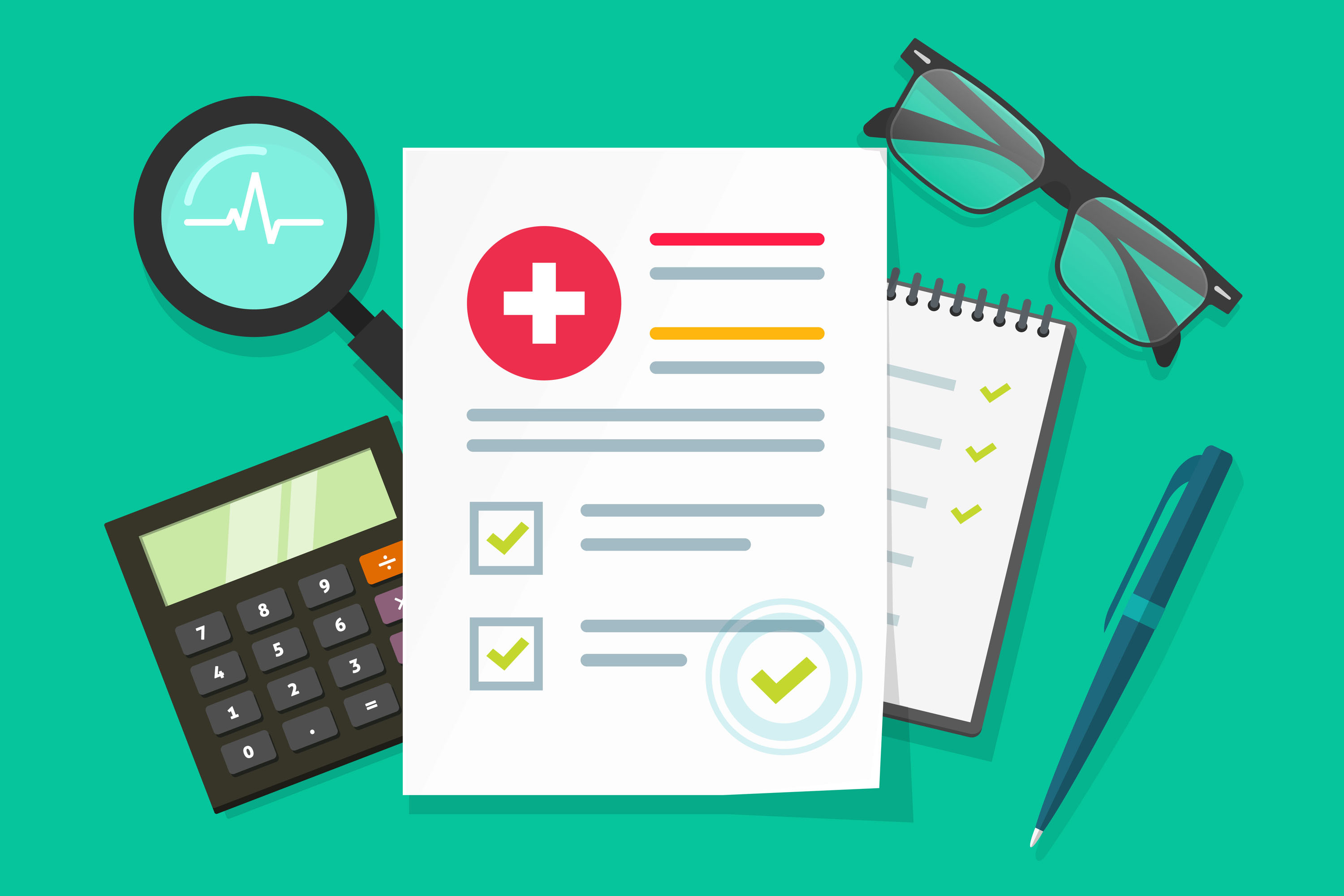As medical insurance deductibles continue to increase, medical practices must put processes in place to ensure they maximize patient collections. Here are four simple steps you can take today to optimize your patient collections.
How Does a Medical Practice Maximize Patient Collections?
- Consistently send patient statements. Patient statements should be sent at least monthly. Once three patient statements have been sent and a balance remains, contact the patient to attempt to collect full payment. If the patient is unable to make payment in full, set up a payment arrangement.
- At the time the appointment is scheduled, staff should obtain a copy of the patient’s insurance card and scan it into the electronic medical record (EMR) system. This will allow staff to view the insurance card, should it be necessary.
- Identify who is responsible for the medical bill. Staff should verify insurance coverage before a patient is seen. Most EMRs have the capability to electronically perform insurance verification. Additionally, assign a staff member to review the report; any insurance that appears inactive or unable to be verified electronically should be done manually, prior to the patient being seen.
- Set expectations for the patient. Patients need to be made aware of what is expected of them, in terms of payments. An established patient should have reviewed and signed a financial policy. For new patients, the staff should explain what is expected of them in terms of payments for deductibles, copays and coinsurance. Once the new patient arrives, he or she should review and sign a financial policy.
Reach Out For Help
Medical Advantage Revenue Cycle Management Services offers workflow assessment, eClincialWorks practice management training, medical record audits, billing audits and credentialing services. Learn more about our Revenue Cycle Management Support Services.
At the time the appointment is scheduled, staff should obtain a copy of the patient’s insurance card and scan it into the electronic medical record (EMR) system. This will allow staff to view the insurance card, should it be necessary.
Identify who is responsible for the medical bill. Staff should verify insurance coverage before a patient is seen. Most EMRs have the capability to electronically perform insurance verification. Additionally, assign a staff member to review the report; any insurance that appears inactive or unable to be verified electronically should be done manually, prior to the patient being seen.
Set expectations for the patient. Patients need to be made aware of what is expected of them, in terms of payments. An established patient should have reviewed and signed a financial policy. For new patients, the staff should explain what is expected of them i





